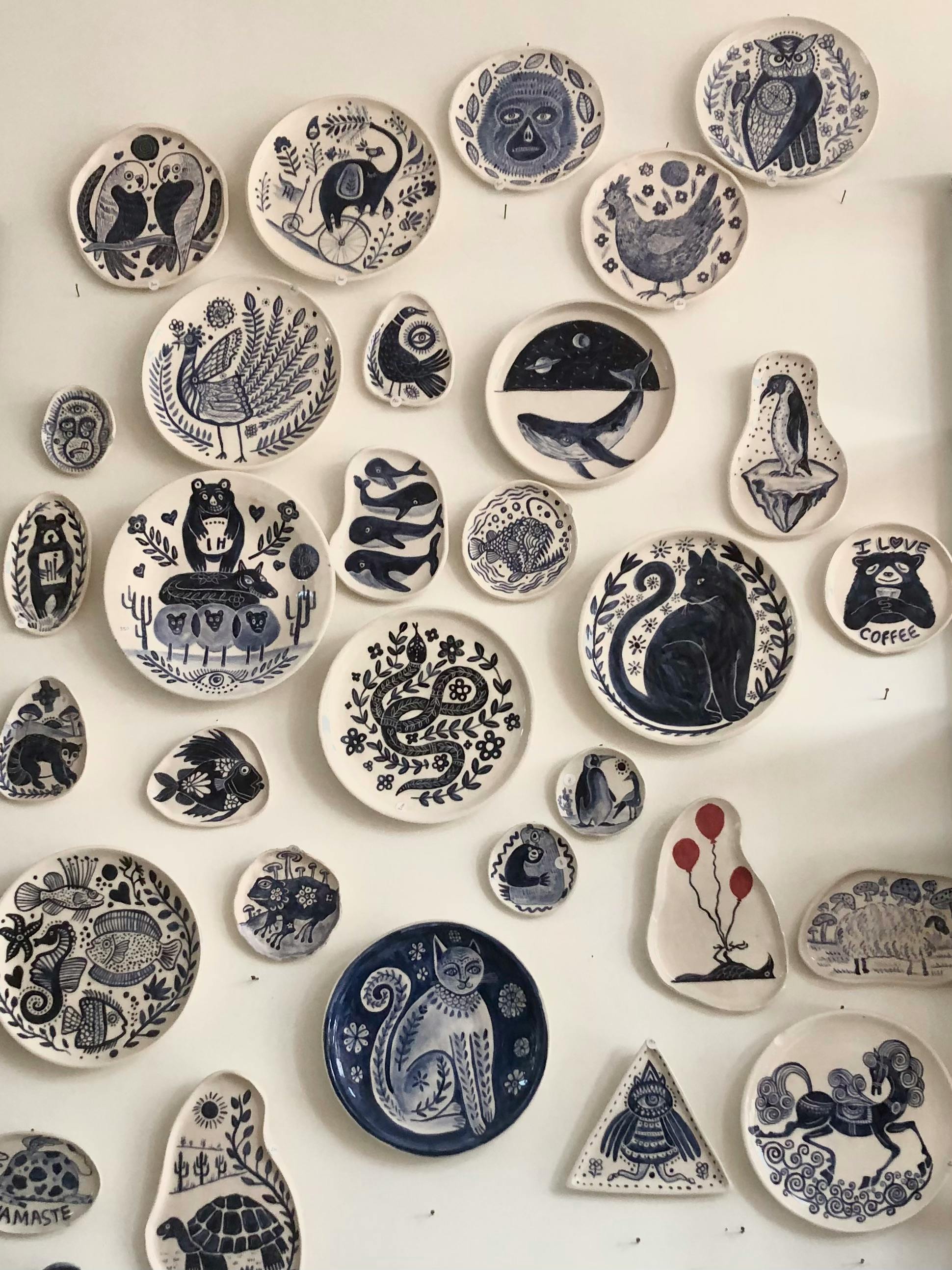
Smart Ways to Enhance Your Indoor Koi Pond in 2025
As the world shifts towards more sustainable and innovative practices, enhancing your indoor koi pond can significantly enrich your aquatic environment while ensuring the health and well-being of your koi fish. Indoor koi ponds are not just a visual delight; they serve as dynamic ecosystems that require thoughtful design and maintenance strategies. In this article, we'll explore advanced koi pond design, effective filtration solutions, crucial temperature control tactics, and the best plants to create a thriving indoor aquatic paradise.
By reading through, you'll discover valuable tips on koi health management, pond accessories that can make maintenance easier, and even innovative ideas for aesthetics and landscaping. Let’s dive in and explore these smart enhancements for your indoor koi pond!
Essential Koi Pond Design for Optimal Aesthetics
Creating an indoor koi pond that is both functional and beautiful involves careful planning and design principles. The ideal koi pond should integrate seamlessly with your home's interior while providing a suitable habitat for your koi.
Understanding Koi Pond Shapes and Layouts
The shape of your koi pond can impact both aesthetics and the behavior of the fish. Traditional rectangular ponds allow for easy navigation, while circular designs can promote a more natural swimming environment. Consider your available space and how different shapes can affect water circulation and koi comfort.
Additionally, creating varying depths in your pond may enhance aesthetics and provide different environmental conditions for your koi. This gradient can help in preventing overheating during hot days and improving oxygenation.
Koi Pond Accessories: Enhancing Function and Design
To truly elevate your koi pond experience, consider employing various accessories such as pond nets, pond lights, and aeration devices. These accessories not only enhance the visual appeal but also play a functional role in maintaining a healthy environment.
For instance, LED lighting brings a magical atmosphere to your indoor water garden during the evening hours and can highlight beautiful plants or artworks around your pond.
Choosing the Right Plants for Your Indoor Koi Pond
Integrating aquatic plants into your indoor koi pond enhances both aesthetics and function. Plants such as water lilies and hornwort provide shade and improve water quality by absorbing excess nutrients.
Additionally, floating plants offer necessary shelter for koi fry, promoting their growth while adding an element of balance to your pond ecosystem.
Optimizing Koi Pond Filtration for Clear Water
A well-functioning filtration system is crucial for maintaining clear and healthy water in your indoor koi pond. Effective filtration not only removes physical debris but also ensures that the biological balance is maintained.

Types of Koi Pond Filtration Systems
There are several koi pond filtration options available, including mechanical, biological, and chemical filters. Combining these types will yield the best results. Mechanical filters remove larger particles, while biological filters assist in breaking down harmful toxins through beneficial bacteria.
Chemical filtration can manage water quality effectively, especially in closed systems, ensuring that your koi have a stable and clean home.
Maintaining Your Indoor Koi Pond Filtration System
Regular maintenance is crucial for keeping your filtration system efficient. Clean your filters regularly—ideally, every two weeks—to prevent clogging and ensure water flows smoothly. Additionally, check the motor of your pump to guarantee it operates at peak performance, ensuring proper water circulation throughout your koi pond.
Understanding Koi Pond Water Quality Management
Achieving and maintaining optimal water quality in your koi pond entails understanding key parameters such as pH level, ammonia concentration, and oxygen levels. Use reliable water testing kits to monitor these metrics regularly.
Improve water quality by ensuring adequate aeration and selecting suitable filtration media that supports a healthy bacteria population. The right balance will not only keep your water crystal clear but also promote koi health and growth.
Temperature Control for Your Indoor Koi Pond
The temperature of your koi pond plays a significant role in the health and vitality of your fish. Koi species are sensitive to extreme changes in water temperature, making temperature control essential, especially in varying seasonal conditions.

Implementing Koi Pond Water Heaters
Using a koi pond water heater can help maintain a comfortable temperature for your fish during colder months. Ensure that you select a heater appropriate for the size of your pond to avoid overheating.
A thermostat can be beneficial for automating temperature adjustments, giving you peace of mind while ensuring your koi remain in the optimal temperature range, typically between 65°F and 75°F.
Seasonal Temperature Adjustments
As seasons change, so should your temperature management strategy. During warmer months, increasing aeration can help keep water temperatures down naturally. Conversely, in winter, ensure that your heaters are functioning well to maintain warmth for your koi.
Conduct regular health checks on your koi as temperature fluctuations can affect their wellbeing, making it important to monitor for signs of stress or illness related to temperature anomalies.
Koi Health Management and Feeding Strategies
Proper health management for koi focuses on nutrition, environmental conditions, and regular health assessments. Understanding the specific needs of your koi fish can significantly lengthen their lifespan and enhance their quality of life.
Understanding Koi Feeding Habits and Nutritional Needs
Feeding strategies should vary based on the season and growth phase of your koi. During warmer months, koi require protein-rich diets that promote growth, while winter feeds should be lower in protein to match their reduced activity level.
Select specialized koi diets that cater to their nutritional needs, incorporating different types of koi food such as pellets or flakes to provide balanced nutrition.
Conducting Regular Koi Health Checks
Regular health assessments are vital for early detection of potential issues. Inspect your koi for any signs of distress, color fading, or unusual behavior. Keeping a close watch on their development will help in identifying if adjustments in care are needed.
Conclusion
Enhancing your indoor koi pond in 2025 presents countless opportunities for creating a beautiful and thriving aquatic environment. By implementing smart design principles, focusing on filtration and temperature control, and prioritizing koi health management, you can achieve a captivating indoor water garden.
So whether you're looking to beautify your space with dynamic aquatic plants or improve water quality through innovative filtration systems, using these tips can help you cultivate a vibrant indoor koi habitat.
